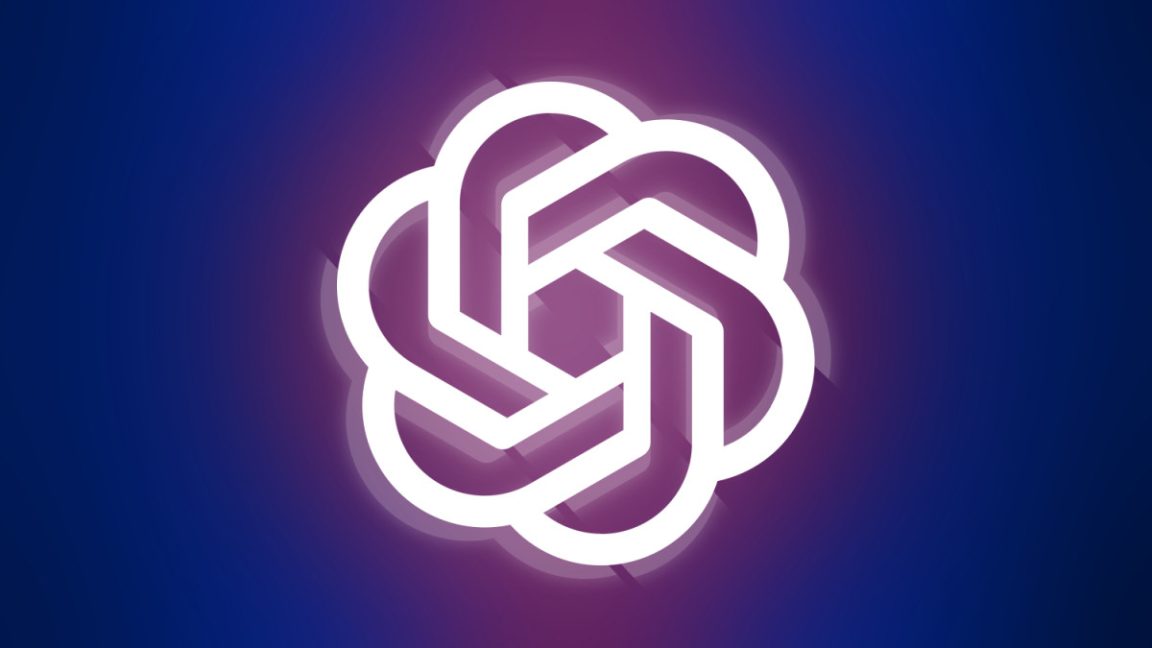Navigating the Challenges of the GPT-5 Rollout
OpenAI’s launch of the new GPT-5 model has stirred significant controversy among ChatGPT users, prompting a response from CEO Sam Altman. The unprecedented decision to automatically remove access to previous AI models without warning sparked backlash, notably among users accustomed to the familiar models.
The rollout was characterized by immediate unrest as frustrated users flooded forums and social media with complaints about performance and personality changes. Independent AI researcher Simon Willison highlighted the unexpected model deprecation, a move that blindsided many relying on older models for specific tasks.
Before GPT-5, ChatGPT Pro users had the flexibility of multiple models like o1 pro and Deep Research, which have been critical in forming distinct user workflows and task optimizations. The removal of these options led to disruptions as some workflows depended on the unique output styles of earlier models.
"I've spent months constructing a system to navigate limitations," lamented one user, illustrating the broader impact of OpenAI’s abrupt model removal on established workflows.
OpenAI’s presentation of GPT-5 also faced criticism for misleading performance graphs, which Altman later acknowledged during a Reddit AMA, admitting to malfunctions with the model's automatic routing system. Users discovered that prompts needed specific wording to engage the more capable model variants.
Furthermore, GPT-5’s unanticipated shift in response styles drew additional critique. Users who had formed emotional bonds with older models like GPT-4o felt alienated by the new model’s formal, abrupt style, leading to protests and subscription cancellations.
Amid mounting pressure, OpenAI committed to reinstating GPT-4o for Plus users, doubling the message limit for GPT-5, and improving transparency in model selection. Despite better performance from GPT-5 in some tasks, the emotional and practical value of previous models became evidently significant to users.



